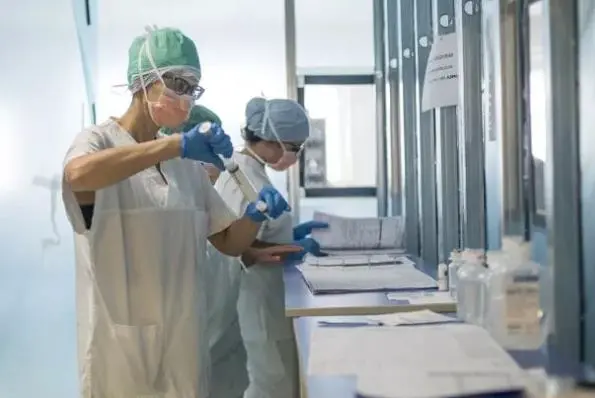The second meeting, held from May 24 to May 29 in Nay Pyi Taw, gave birth to union accords for peace for the first time in Myanmar's history.
A total of 37 adopted principles, based on the Nationwide Cease-fire Accord (NCA), were incorporated into a union agreement and signed by representatives of participating groups of the government, parliament, military, signatory armed groups to the NCA and political parties.
A significant step toward peace
The conference gathered some 1,400 representatives to discuss issues concerning five subjects -- politics, economy, social affairs, security, land and natural environmental affairs. Except for the security subject, they were able to draft 45 principles on other four subjects.
State Counselor Aung San Suu Kyi recalled in her closing address the hardship experienced during the nearly one-year period for reaching the agreement which marked a significant step on the country's path toward peace and national reconciliation, and the emergence of a union of democratic and federal system.
Member of the Secretariat of the Union Peace Dialogue Joint Committee (UPDJC) U Hla Maung Shwe told Xinhua following the end of the conference that "it is a firm step out towards democratic and federal union in the peace process."
U Hla Maung Shwe said it was the first time in Myanmar's peace process that the proposals presented by the armed organizations were agreed by all sides.
**First union accord **
In the first meeting of Myanmar's 21st Century Panglong Peace Conference held last year, participants agreed unanimously to take the NCA path to launch a political dialogue and build a democratic and federal union.
The NCA path is divided into four phases -- signing of NCA, unfolding political dialogue, signing of union accords and realizing of permanent peace by inking the final version of the Union Accord.
The two prior parts of the peace path have been completed partially. In October 2015, the Myanmar government signed the NCA with eight ethnic armed organizations, making clear its attitude of welcoming those non-signatory armed groups to join in the process.
After the end of the first meeting of the 21st Century Panglong Conference, a nation-level political dialogue took place in five states and regions as well as Nay Pyi Taw Union Territory in accordance with the NCA.
The document endorsed in the second meeting of the conference represented the first union accord document of the third phase of the above peace path, heralding that more documents of agreement will follow as a final version of the Union Accord.
**Tough negotiation
process **
The second meeting of the conference, which was first set for five days, was extended for one more day as the UPDJC needed more time to intervene for reviewing the groupwise discussions.
It was observed that as differences emerged with the draft principle of "non-secession from the union," the conference omitted the issue for debate to the next occasion. Other issues, which reached no consent, belong to political ones.
In brief, the union accord file of the second meeting is the first important achievement since launching the mechanism of the 21st Century Panglong Peace Conference which also pushed the NCA to a new stage.
Despite tough mediation process, the reaching of the agreements by participants has reflected the aspiration and determination in pursuing peace.
The conference was highlighted by the attendance of seven Northern Alliance armed groups in the opening ceremony which mainly refer to the United Wa State Army (UWSA) and the Kachin Independence Organization (KIO).
As for the Kokang's Myanmar National Democratic Alliance Army (MNDAA), Ta'ang National Liberation Army (TNLA) and the Arakan Army (AA), they were first invited to the opening ceremony of the conference, sending a positive signal of Myanmar's peace process.
(ASIA PACIFIC DAILY)
 简体中文
简体中文

